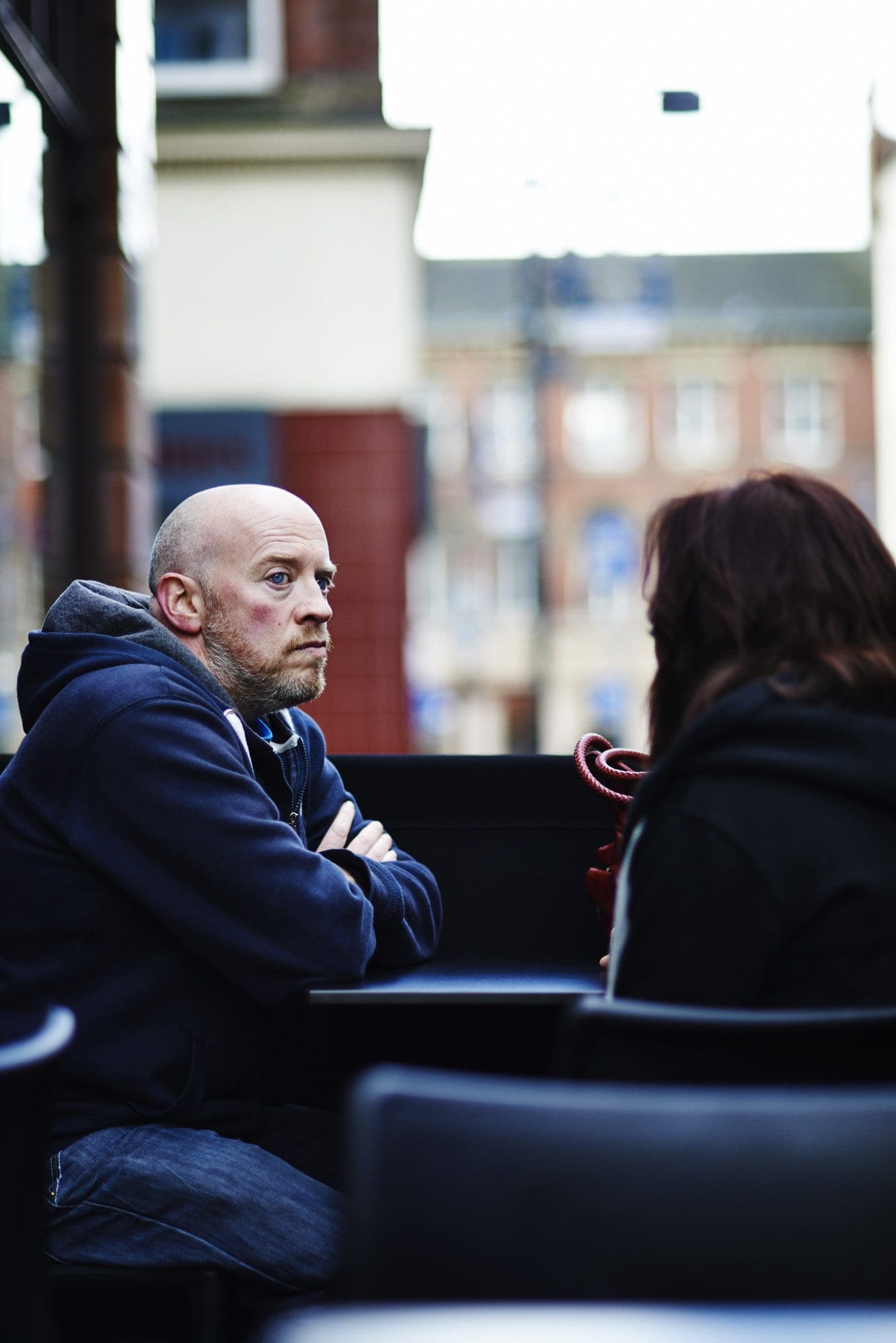
6 Steps for a Restorative Conversation Relate NI
These practices include restorative inquiry, restorative conferencing, and most famously, restorative circles—a broad term for group conversation that can be used proactively or after an incident, ultimately serving to provide a more equitable format for discussing critical topics or resolving community conflicts.

3 Types of Restorative Circles • Examples of Restorative Circles
RESTORATIVE CONVERSATIONS This process follows the use of Restorative Questions, Affective Statements, and Empathetic Listening for both the referred student and the person affected. (Instead of the student being chastised for an incident, the student is engaged in a Restorative Conversation) Restorative Conversations can be used at the moment of a
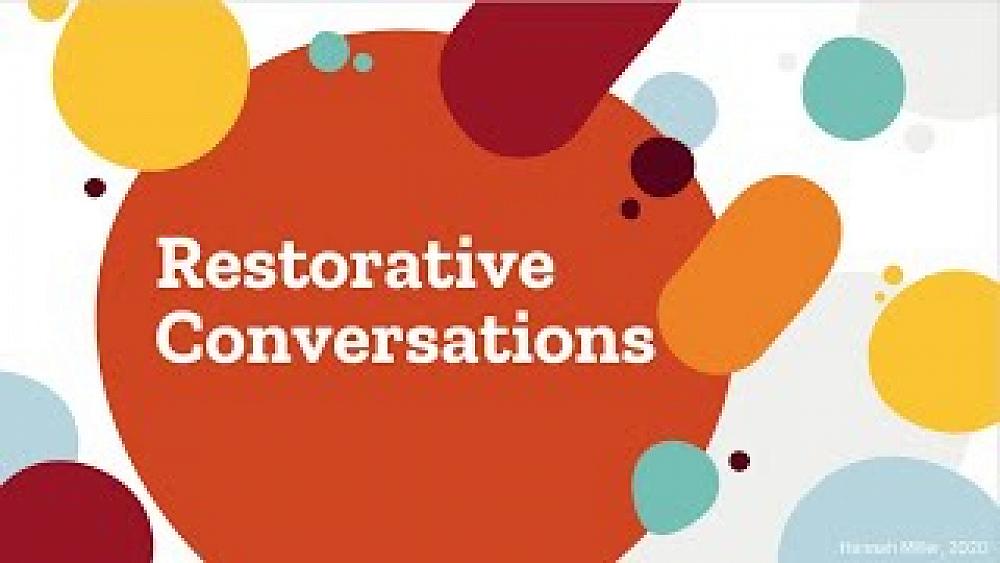
Restorative Conversations
Restorative conversations: informal and formal day to day situations, conflicts and Problem-solving circles anti-social behaviour. Restorative pedadgogy: Social skills learning. UNIVERSAL (Developing social and emotional capacity) Building social confidence and a sense of social responsibility.
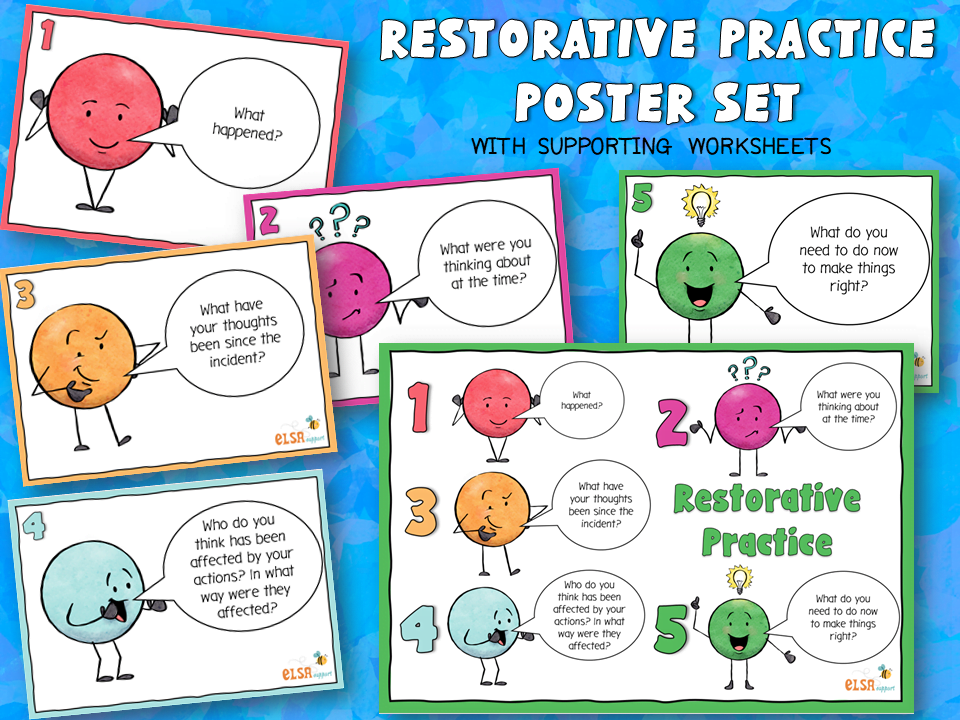
Restorative Practice poster set Elsa Support for emotional literacy
1. Get Permission for Time and Place Restorative conversations should always be voluntary for everyone involved. If you spring an important conversation on someone at a bad time or in an uncomfortable place, you decrease the likelihood that they will be ready to listen and connect. "I'd like to talk with you about something. Is now a good time?" 2.

Restorative Conversations — Abolitionist Toolbox
When challenged to de-escalate conflicts and potentially volatile situations between students, restorative conversations can be a powerful tool for school behavior intervention support staff, such as counselors, social workers, psychologists, and other professionals.

Be You, No One Else Can Behaviour Management Conversation Over Confrontation
A restorative approach may include having a 'restorative conversation'. These conversations may happen during the school day and practitioners will use restorative language and questions to allow children and young people to understand the impact of their behaviours.

Restorative Conversations in Action! (Part 2) YouTube
Restorative practices support students as they begin to understand the impact of their actions on others and deepen their relationships with their teachers and peers. OBJECTIVE: Educators will be able to engage in restorative conversations with individual students.
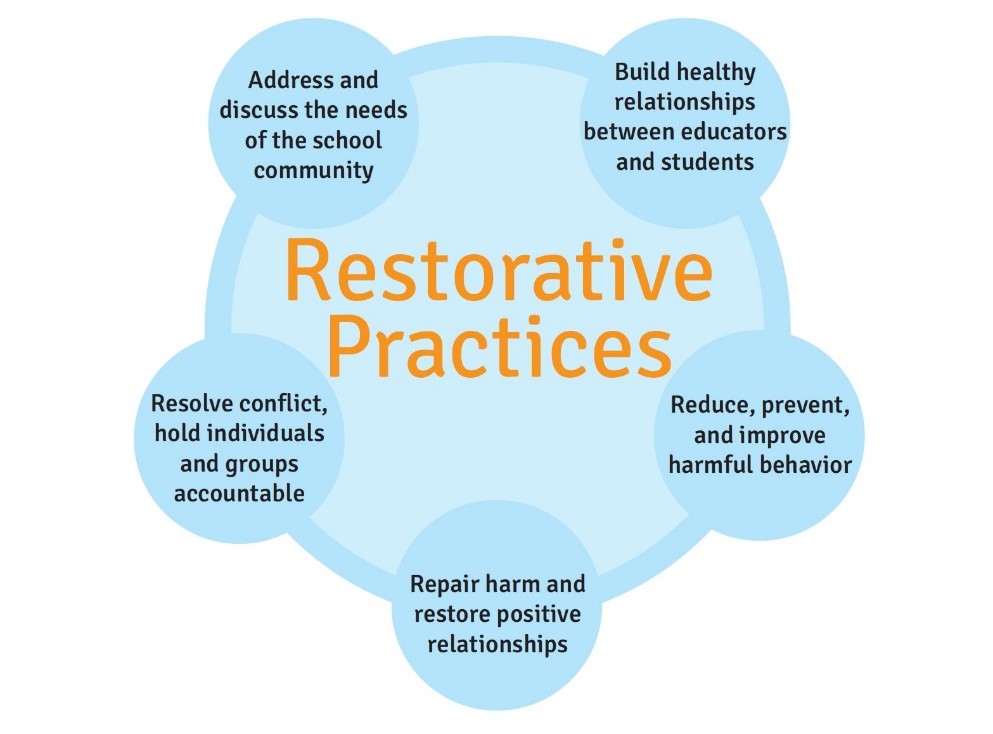
Virtual Restorative Practices Support Community Partners United Way of Asheville and
Research has demonstrated restorative conversations contribute to improved attendance and aspects of school climate such as safety and connectedness. They also advance racial, gender, disability, and economic equity, as exclusionary discipline rates (e.g., suspensions that take students out of their classes), are significantly reduced among.

Restorative Practice and Restorative Conversations Social Work Online Team Training Toolkit
Circles can be used for a variety of purposes, such as building relationship and community, problem solving, decision making, conflict resolution, and for academic discussions about content. Restorative practice circles task each participant to (1) listen from the heart, (2) speak from the heart, (3) be honest and respectful, and (4) say enough.

The School Counselor's Role in Restorative Practices Confident Counselors school counselors
In a restorative classroom, there are a couple ways we can demonstrate that we are listening. First is by mirroring their emotions and feelings about a topic. If they are serious when they are.
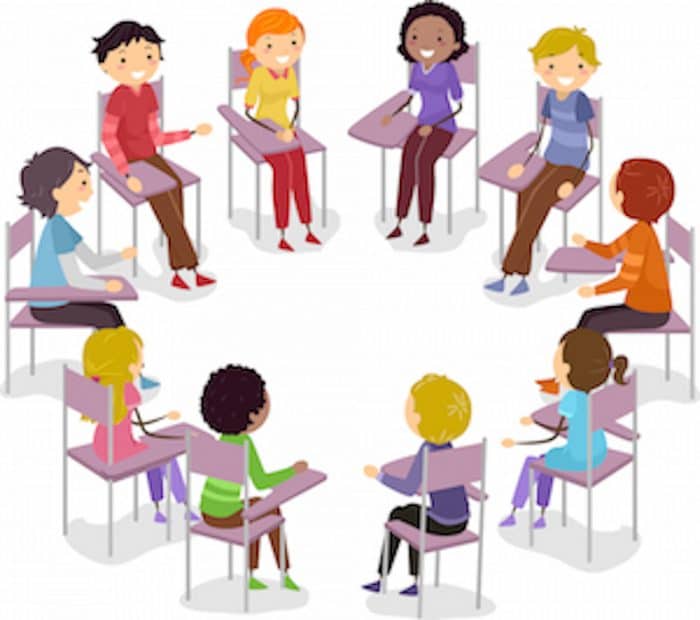
What are Restorative Circles and How to Conduct Them
Restorative conversations can be used for. Staff and individual in distress. 1st possible reason for learning 4 Behavior Development Levels and accompanying Staff Attitudes.. 3 reasons one should use the supportive stance. Communication, respect, non threatening, and safety.
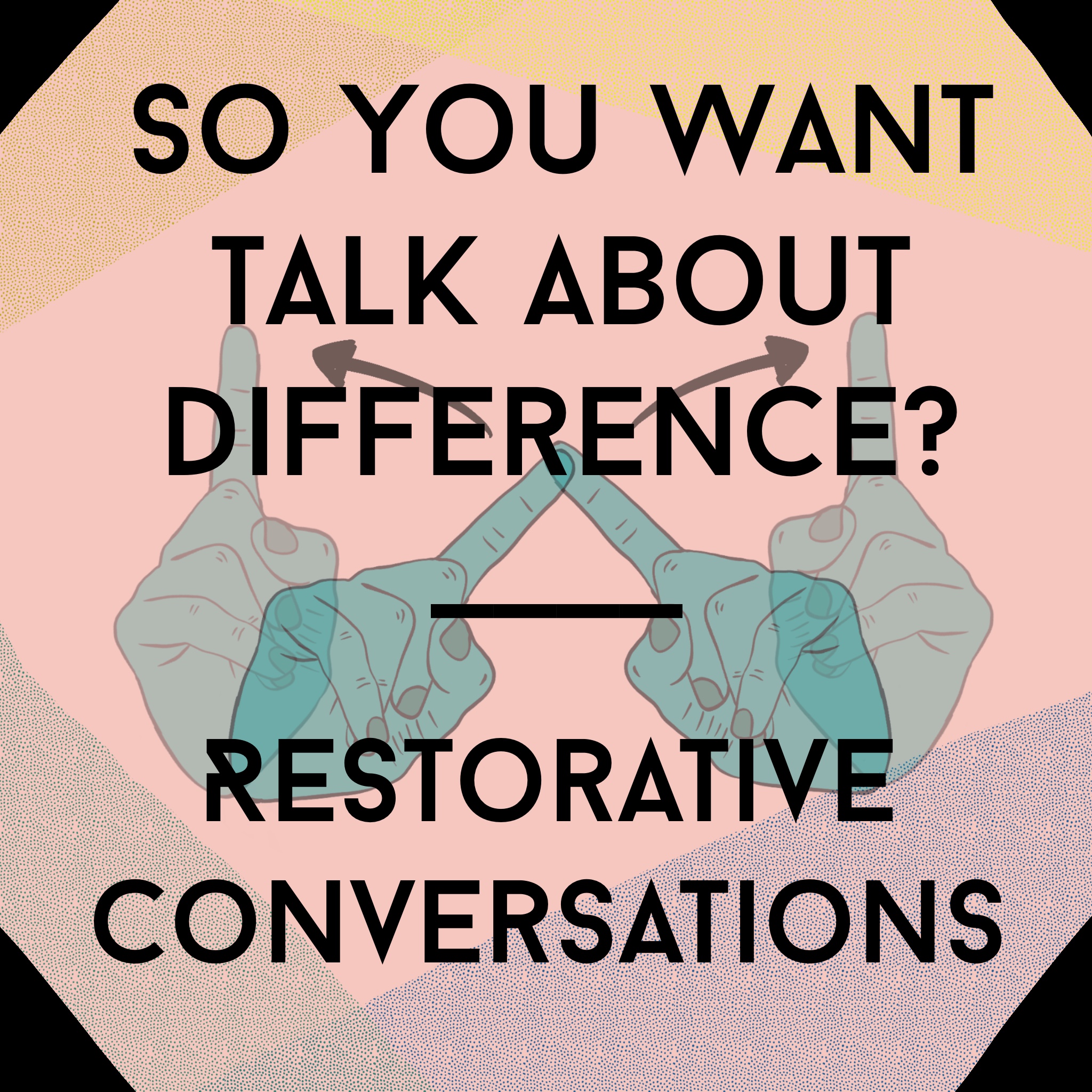
So You Wanna Talk About Difference? Restorative Conversations ASLIS
Introduction to Restorative Conversations A Restorative Conversation is a guided conversation that addresses a behavior, conflict, or concern from the perspective of the initiator (person leading the conversation) and the individual (person invited to participate in the conversation). By focusing on building common ground at the beginning,
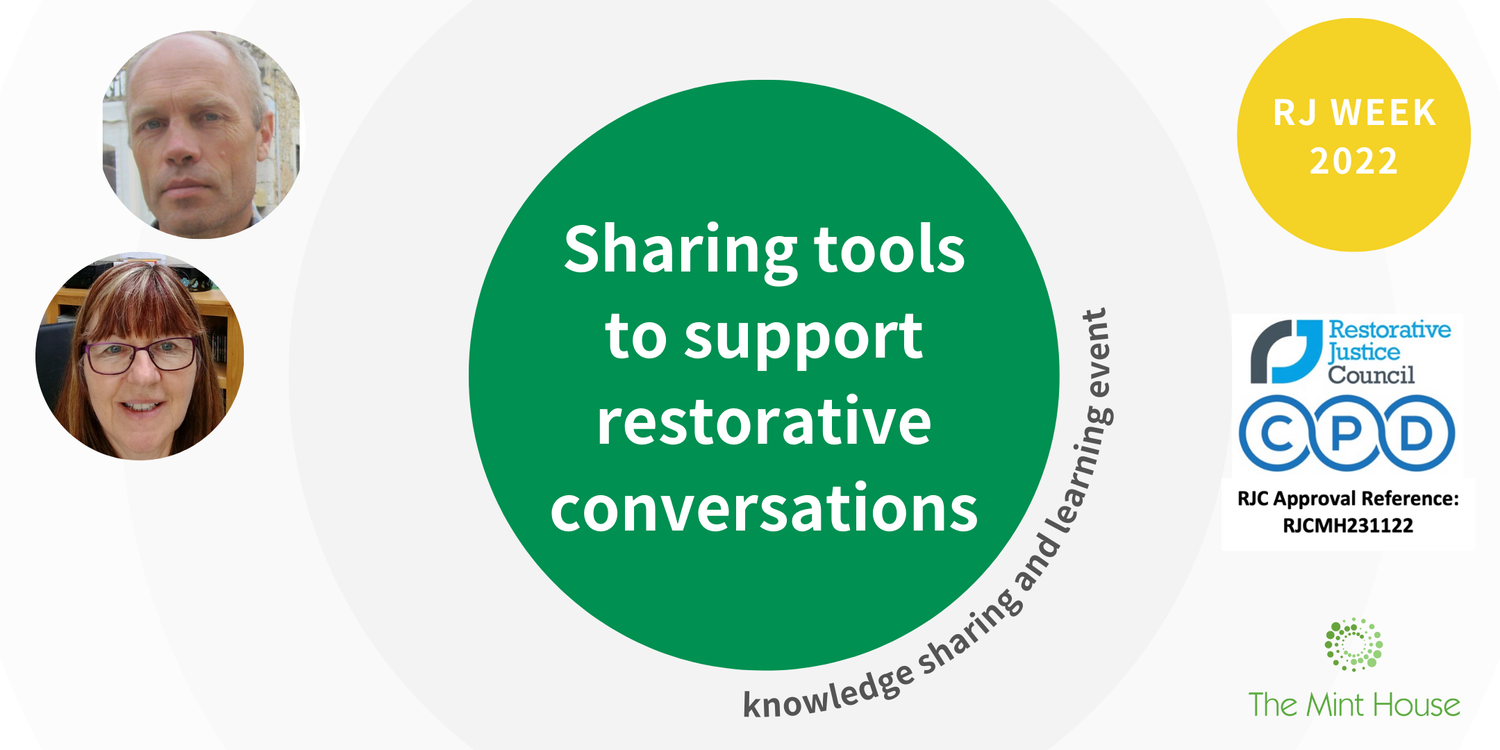
Sharing tools to support restorative conversations — The Mint House
STEP 1. OPEN THE LINES OF COMMUNICATION. Let your children know that you will listen to them and their perspectives, then do just that. This is not the time for lectures or judgement. Say: How's it going? I wanted to talk with you about ______________ . STEP 2. ALLOW THEM TO EXPLAIN THE SITUATION FROM THEIR PERSPECTIVE.
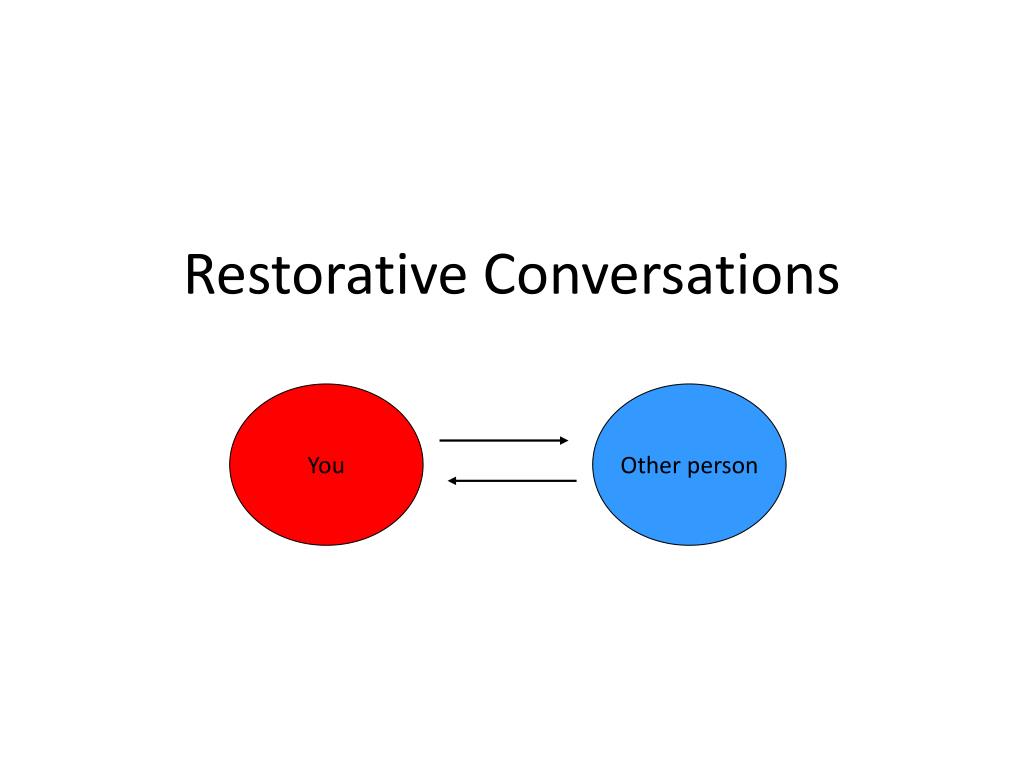
PPT Restorative Approaches in Schools PowerPoint Presentation, free download ID5401208
Restorative conversations are a short (5-10 minute) dialogue between two people. Typically, this occurs between a teacher and student; however, it can be used in almost any context including a principal and teacher or staff member. These are intentional conversations that start off positive and give the student or other party the opportunity to.

Restorative Practice poster set ELSA Support for emotional literacy Restorative practices
This toolkit provides educators with strategies and resources for engaging in restorative conversations with students. These tools include a student reflection guide, an educator reflection guide, a discussion guide to prompt class discussions around restorative approaches, an apology guide to support students in developing meaningful apologies, and a set of starter questions and phrases to.

Restorative Practices Restorative Practices Hiawatha Academies
Restorative Conversations or "chats" may be formal or informal discussions that use restorative dialogue and questions and empathetic listening to guide people through reflection, problem solving, and repairing harm.